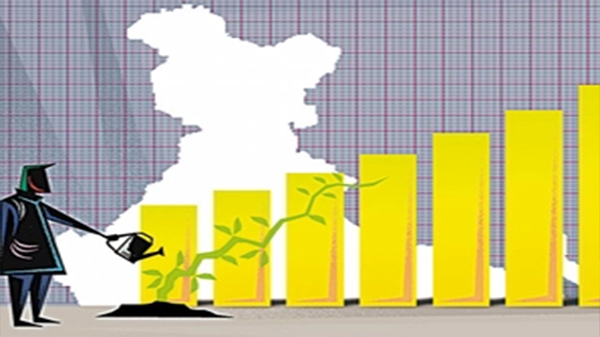Role of Agriculture in India’s Double Digit Economic Growth

A couple of weeks back, I spoke on the subject at a CII Conference. This is a high level summary of my talk.
On the face of it, Agriculture has a very limited role in India’s economic growth… Since agriculture forms less than 15% of India’s GDP, even a 4% growth in agriculture – this itself is nearly twice as much as the growth rate of the last ten years – will barely add a half percent to the overall GDP growth number!
However, growth in agriculture is vital for Indian economy from three angles:
- in providing food & nutrition security to a growing population. Today child malnutrition is prevalent in 7 percent of children under the age of 5 in China and 28 percent in sub-Saharan African compared to a whopping 43 percent in India.
- in India’s inclusive growth agenda. 50% of India’s workforce still relies on agriculture as the primary source of their livelihoods – in other words per capita GDP of a farmer is one fifth of that of the rest of Indians.
- in dealing with the challenge of climate change. Remember, agriculture is a major cause and a victim, as well as a potential solution to this problem.
Interestingly, if Western Indo-Gangetic Plains and Godavari contributed to India’s first Green Revolution, Eastern Indo-Gangetic Plains and Brahmaputra can deliver the second Green Revolution. Eastern region, especially the Indo-Gangetic Plains are well endowed with basic natural resources viz. fertile land, abundant water and lots of sunshine. But, the route needs to be different, as the context is different…
Firstly, the per farmer land holding in Eastern region is just about a half of the national average and is not even a fourth of the Western Gangetic Plains. So, the ecosystem needs to factor this in, in terms of crops grown or technology inducted or the enabling institutional framework.
Secondly, the market for food in India in late 50s and early 60s was founded on a ship to mouth supply chain. The institutions created by the Government at that time, viz. Public Research System, Government Agri Extension System, Food Corporation of India, Public Distribution System, APMC Market Yards were relevant for that context. Today, with rising incomes and growing urbanisation, the consumer is seeking quality, variety, convenience, safety etc. Such market is better served by the Private Sector. The Government has to play the role of a Reformer and Regulator, rather than being a Player as before.
To co-opt private sector, reforms in agricultural marketing are key – Agricultural Produce Marketing Act, Essential Commodities Act and Forward Contracts Act.
To empower small farmers, producer company type institutions need to be built, which facilitate crop diversification as well as growth of livestock & fisheries.
To raise productivity, deal with climate change, and use natural resources like water more efficiently, development of new technologies is key.










